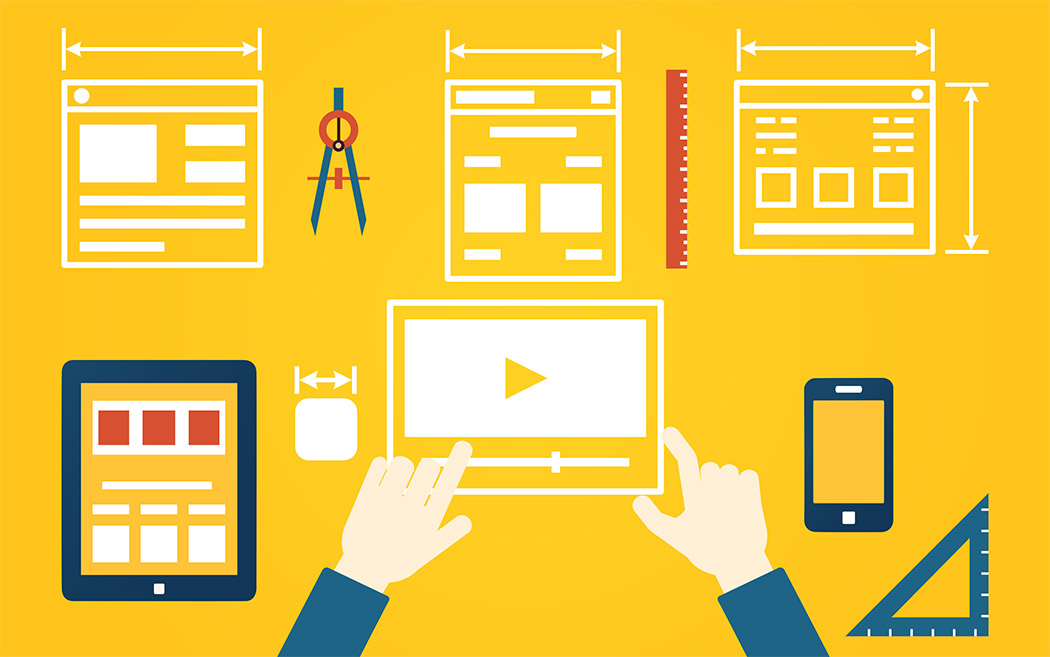On Singles’ Day, a festival similar to our Cyber Monday, Alibaba crossed $1 billion sales in the first 17 minutes. The more interesting thing about this sales figure is that more than 45% percent of it came from mobile. People these days prefer mobile to do a lot of things, including online shopping. Mobile users are eager to do more with their devices. For this, they seek seamless mobile experiences.
The ‘mobile first’ approach that is being widely adopted is due to such staggering figures. Brands and businesses focuses more on creating better mobile experiences these days and there are many ways to achieve that. Performing user experience diagnostics is one way to improve your mobile product. In this post we will discuss a few ideas on how to execute this for your website and apps.
Mobile User Experience Diagnostics
Mobile user experience diagnostics are an evaluation of an existing website or app to identify potential issues with the user experience when looked at from the point-of-view of a mobile user. The idea is to run diagnostics during design and development to ensure that the mobile website or app follows the best practices and guidelines. However, it is important to remember that a diagnostic test is not equivalent to end-user testing.
Identification of Users and Scenarios
It is advised to run mobile user experience diagnostics with several expert evaluators. Moreover, they should not be a part of the design team. They should run the test from the point-of-view of how a normal user may use the website or app. The best practice to replicate a user’s experience is to create scenarios based on a common user tasks and goals.
Conducting the Evaluation
As we have said earlier, it is advised to have multiple evaluators, the second part of that advice is to ask them to conduct the diagnostics independently. Conduct the evaluation in three parts:
- Scenarios and related UX
- Rapid competitive benchmarking
- Overall UX
Testing Scenarios and Identifying UX Issues
This step requires you to create scenarios based on your user’s possible interaction with the website or app. Walk through the scenarios and look for UX issues that user may face in the scenario. This may include (but not limited to) anything that would slow down or prevent them from completing their tasks. Take notes with screenshots while you run your scenarios. Consider the example below.
Scenario: You are testing a mobile app intended to help pediatricians with getting the recommended dose of a drug based on a patient’s age and weight. You (acting as a pediatrician) will enter patient’s age and weight into the app and then select the drug from a list of drugs. Then the app will recommend you the exact dose of that particular drug for as per patient’s age and weight.
Notes: The notes may include following things:
- Simplicity
- Patient weight and age data entry fields are the focus of the patient data screen.
- Access to drug list and drug edit functions are clearly identifiable.
- You are able to quickly determine the correct drug, concentration and dose.
- Correct dose is clearly displayed next to weight and age
You may have to repeat this step until you test all the scenarios you have designed for your mobile website or app.
To identify UX issues, it is advised that you use a framework devised specifically for this purpose. A framework is a dissection of the mobile user experience into its key components like Functionality, Design, Content, User Input, and Usability. A framework is used to build and evaluate a good mobile user experience. Test each component thoroughly as a UX specialist and document issues with related screenshots.
Rapid Competitive Benchmarking
As the name suggests, it is an exercise to compare your mobile UX with the competitions. It is easy, pick a couple of good competitors or services that offers similar functionality and test your scenarios against it. Document aspects where competitors offer a better user experience.
Overall UX Feedback
This step asks you as an evaluator to review the following:
- How a user learned about the website and app.
- Use ‘User Onboarding’ if it is an app. It is a process which ensures that new users successfully adopt your product.
- Compare the app to the website on different devices.
- The cross-device experience.
- Reviews in app stores (for apps) and social networks (for websites and apps).
- Comments and feedback received from users via email.
Wrap Up
Mobile user experience diagnostics are meant to quickly pinpoint problems with a mobile website or app. However, the success of these diagnostics heavily relies on the expertise of evaluators. These diagnostics will unearth and identify most of the usability problems, and because it is relatively inexpensive and quick, it can be run at different stages in a user-centered design process. If done expertly, these diagnostics can do a lot of good to improve your product’s mobile experience.
 Web Applications
Build web apps using cutting-edge technology
Web Applications
Build web apps using cutting-edge technology
 Business Intelligence Apps
Empower your business with fast & actionable BI Apps
Business Intelligence Apps
Empower your business with fast & actionable BI Apps
 Mobile Applications
Build cross-platform apps for iOS and Android devices
Mobile Applications
Build cross-platform apps for iOS and Android devices
 Internet of Things Apps
Streamline your operations with cloud-based IoT apps
Internet of Things Apps
Streamline your operations with cloud-based IoT apps
 AI Products
Unlock the power of AI & ML with our expertise
AI Products
Unlock the power of AI & ML with our expertise
 Minimum Viable Product (MVP)
Mitigate risks & accelerate your project development
Minimum Viable Product (MVP)
Mitigate risks & accelerate your project development
 Enterprise Software
Build custom enterprise solutions for your business
Enterprise Software
Build custom enterprise solutions for your business
 Software as a Service (SaaS)
Scale your business with ease and cost-efficiency
Software as a Service (SaaS)
Scale your business with ease and cost-efficiency



